With Apple's upcoming "iPhone 7 Plus" rumored to feature a dual-camera design for better pictures, competing smartphone maker Huawei has pushed to market their own two-lens system. But in an attempt to suggest the Leica-branded lens can produce DSLR-quality images, the Chinese company actually used a picture shot with a full-fledged DSLR, not its new smartphone.
Huawei's new P9 handset is a photography-focused smartphone featuring a dual-lens 12-megapixel camera. To promote the handset, Huawei uploaded a picture to Google+, implying that the image was captured via the P9.
However, Google+ uploads include the EXIF data for each image, revealing what hardware was actually used to capture a picture. In the case of Huawei's promotional image, the photo was shot with a $4,500 Canon 5D Mk. III and EF70-200 f/2.8L IS II USM lens.
After the true source of the image was publicized, Huawei removed it from its Google+ account, and issued a statement to Android Police admitting that the picture was not taken with the P9 smartphone. Instead, Huawei said, the photo was captured while filming an advertisement for the P9.
"We recognize that we should have been clearer with the captions for this image," the company said. "It was never our intention to mislead. We apologize for this and we have removed the image."
It's widely rumored that Apple's forthcoming 5.5-inch iPhone, expected to debut in September, will also feature a dual-camera system. Claims about the new camera array date back to 2014, when it was said that Apple's implementation would somehow offer "DSLR quality imagery."
To presumably bolster its development of a dual-camera system, Apple in 2015 acquired LinX, an Israeli firm that specialized in squeezing high-definition images out of relatively small multi-lens configurations. It's believed that this year's so-called "iPhone 7 Plus" will use LinX technology and 3 gigabytes of RAM to handle much higher quality photos than ever before captured with an iPhone.
Whether Apple's implementation can rival actual DSLR cameras remains to be seen. But Huawei's advertising blunder would suggest that its P9 Leica camera is not quite at the level of an actual Leica DSLR — Â or a Canon.
 AppleInsider Staff
AppleInsider Staff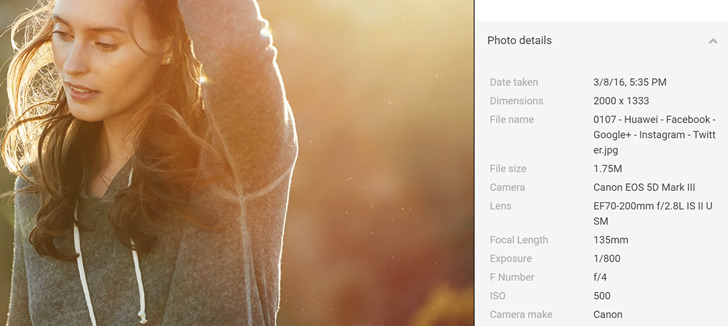
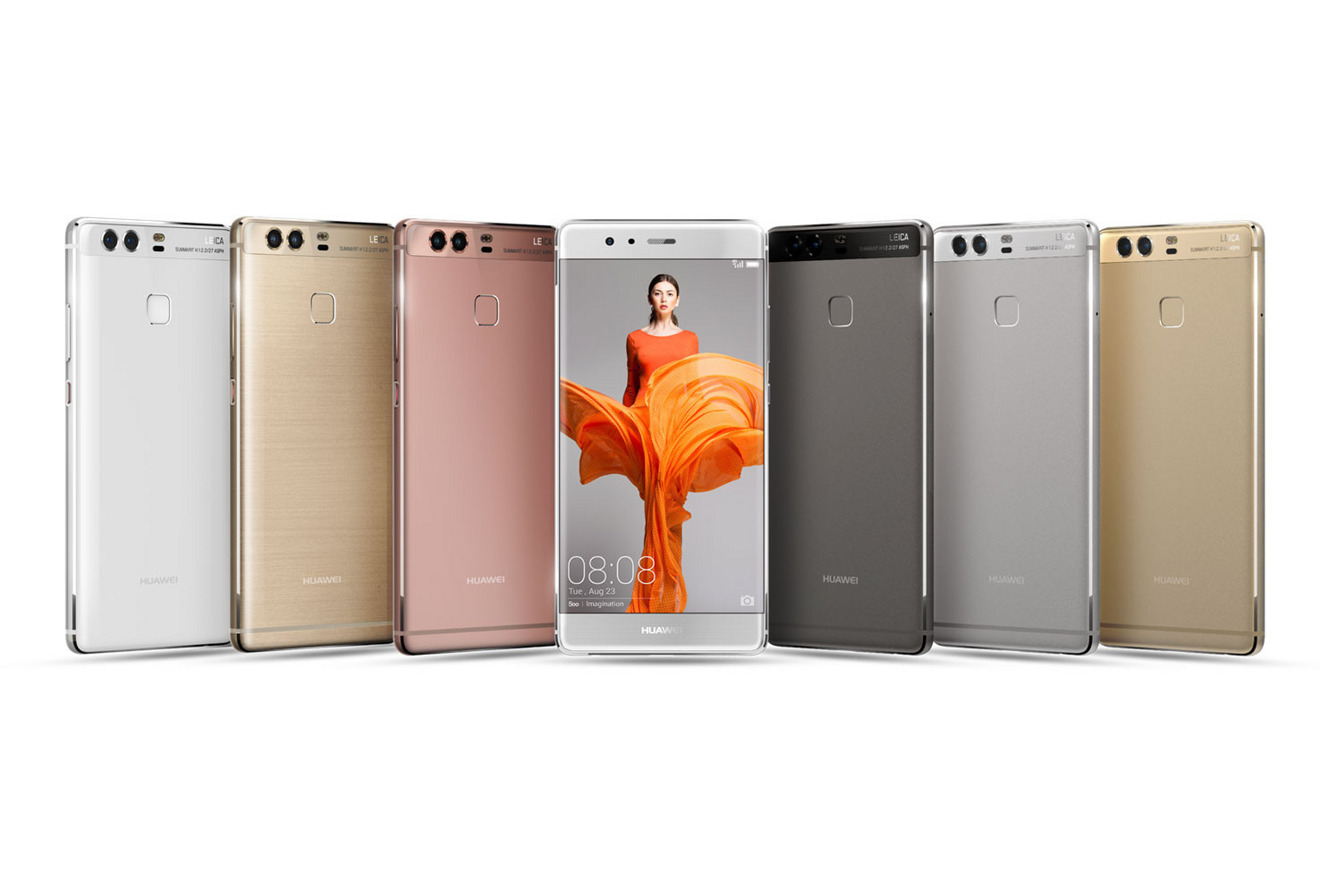

-m.jpg)





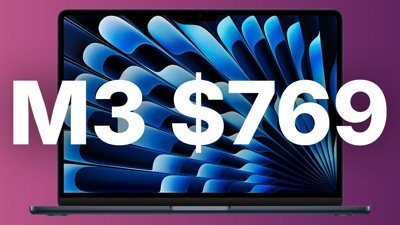
 Christine McKee
Christine McKee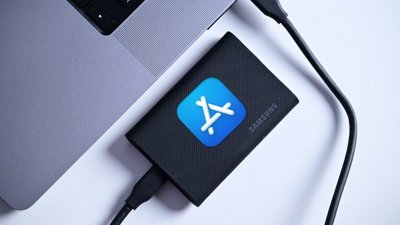
 William Gallagher
William Gallagher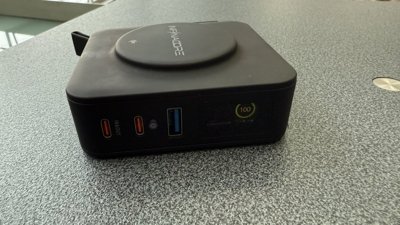
 Thomas Sibilly
Thomas Sibilly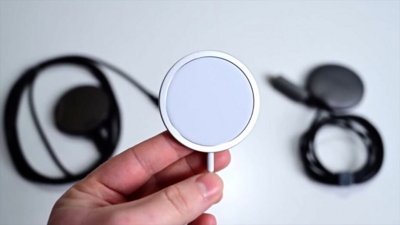
 Andrew O'Hara
Andrew O'Hara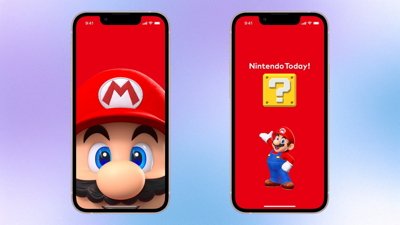
 Amber Neely
Amber Neely
 Marko Zivkovic
Marko Zivkovic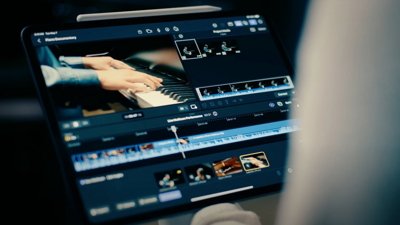
 Malcolm Owen
Malcolm Owen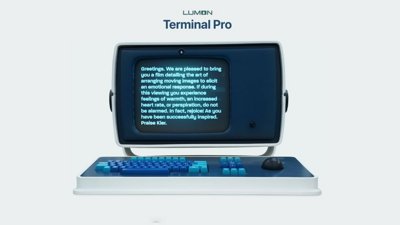
 William Gallagher and Mike Wuerthele
William Gallagher and Mike Wuerthele

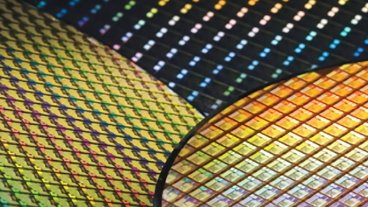






53 Comments
And to think, this was the same company who developed the nexus 6p. Shame on you Huawei, shame on you!. What a joke of a company. Will not see any of my money ever again.
Unfortunately, for Chinese companies, corporate ethics or governance is not in their dictionary. Steal,copy,make cheap and sell cheap, deceive, whatever methods necessary to make money.
I have that camera combo, and it is indeed, very good. There is no way that a smartphone is going to offer quality out of the camera that comes close to what a DSLR, or better mirrorless cameras can offer for one simple reason. Sensor size. The tiny sensors used in smartphones out of necessity, simply can't deliver anything close to the dynamic range, and low noise levels, that large sensors can, much less that of the 24x36 mm sensor of a full frame camera.
Any claims that they can should be ignored. Smartphone cameras should be enjoyed for the quality of the imags they can take, which is pretty good as it is, and certainly better today than professional digital cameras from 15 years ago, and possibly from some slightly newer ones than that. But lens quality is obviously an issue as well, as is jpeg only files.
Maybe, just maybe, with Apple's announcement of OS level RAW support, we MIGHT see RAW files from the built in camera finally appear for iOS devices, as they have for a number of Android devices for the last three years, or so. I really hope so, but we don't know that yet. OS level support makes it easier, but isn't necessary, and so I've always thought that Apple hasn't included it because of storage size issues. But maybe, if the rumors are true about 32GB being the new base storage size, Apple is relenting.
First rule of uploading images is make sure to wipe any EXIF data which could even include GPS data. You could use just about any photo editing software - select all copy paste, save as.
Shades of the IIRC Nokia Windows Phone video where it implied it was shot using the device, until one intrepid observer reported, that in the reflection of a pane of glass, one could see a professional industrial recording camera on a truck.